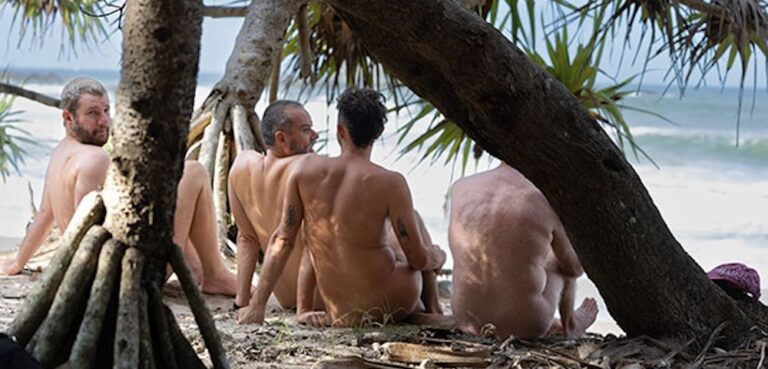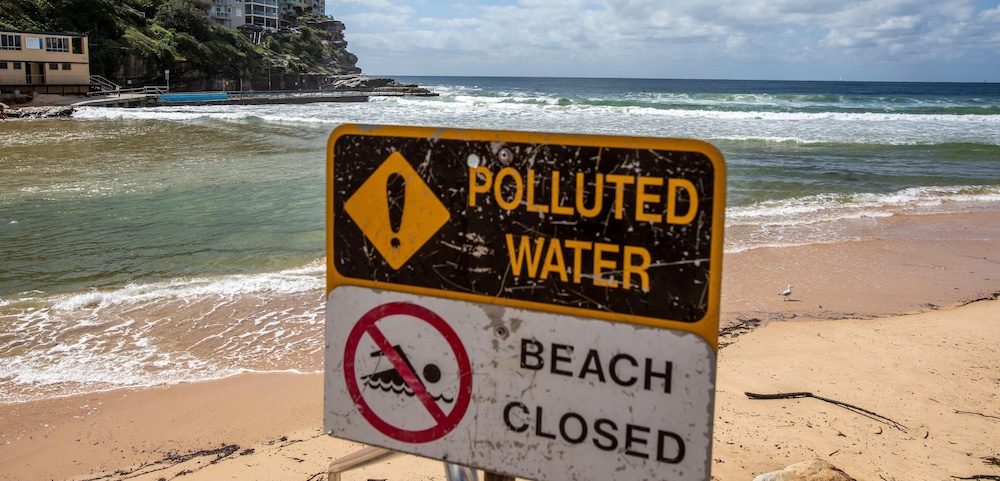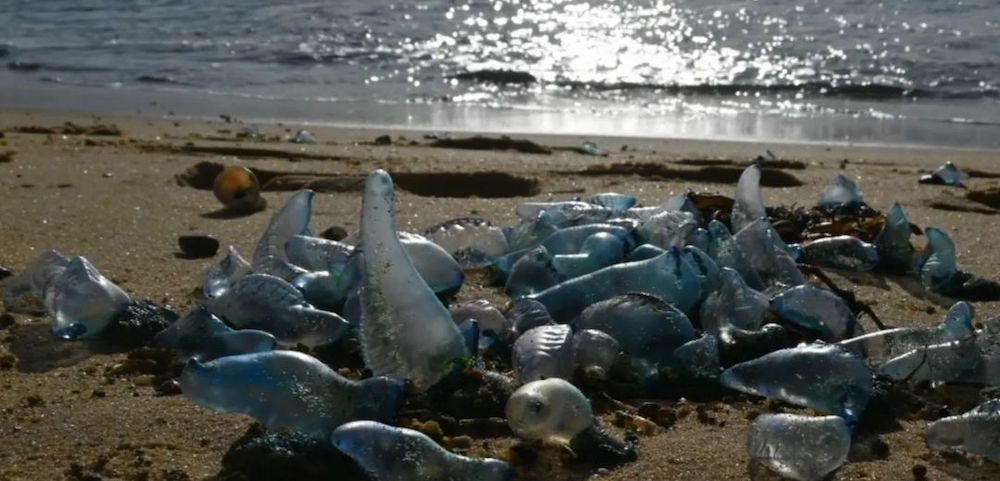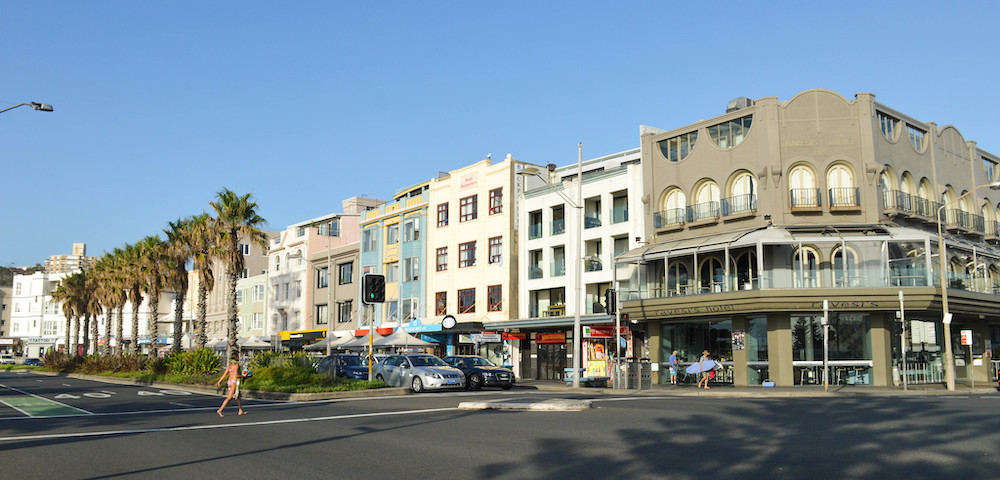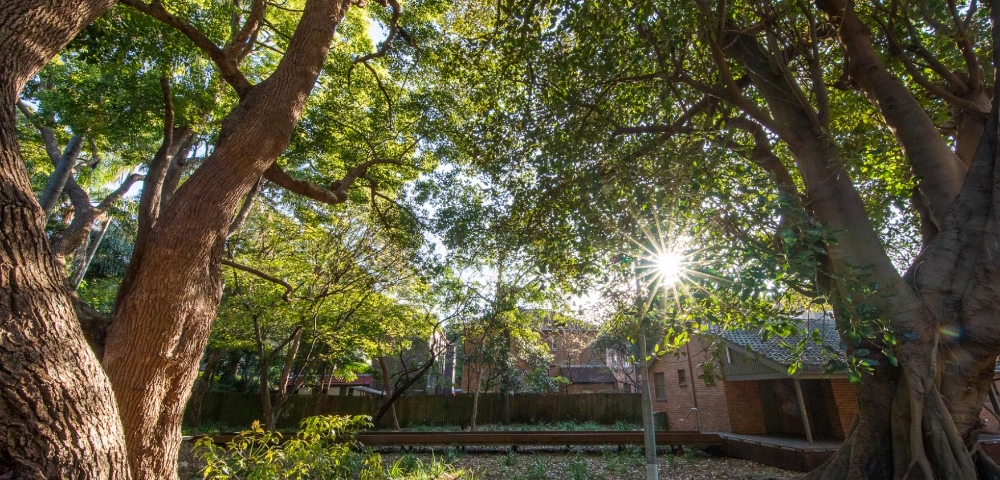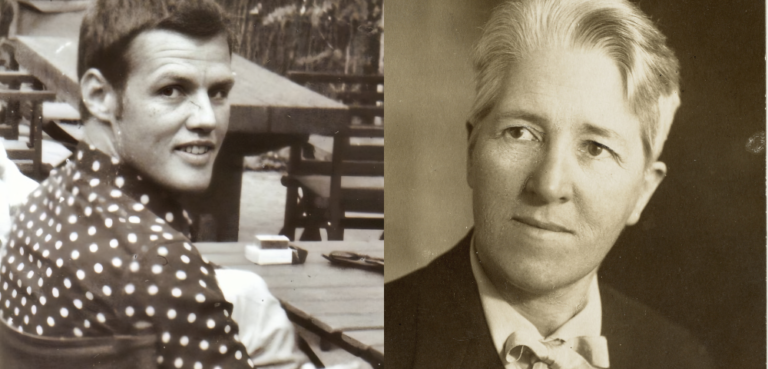
Woollahra council rejects motion to use First Nations names for council venues
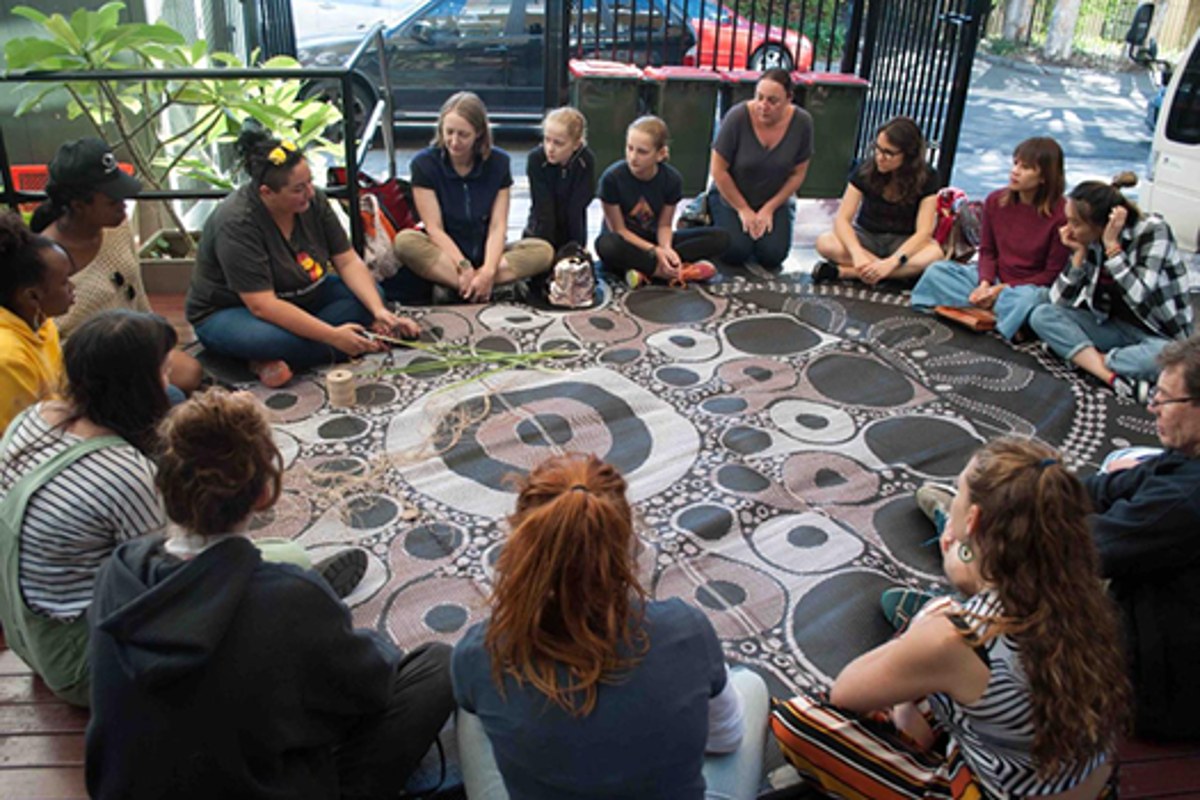
Image: First Nations artist Jasmine Sarin at Woollahra Library in Double Bay. Photo: Woollahra Council.
By SASHA FOOT
Woollahra Council has voted against a motion forwarded by two greens councillors to commission a report into the use of First Nations Traditional Place names when addressing council venues.
Councillor Matthew Robertson, who tabled the motion, believed there would be no cause for debate upon introducing the motion. Yet other Councillors expressed their opposition, saying the council lacked resources and had already effectuated Indigenous cultural learning.
Cr Robertson called out certain councillors saying they were “not actually recognising [the motion] has value”.
“This is a minuscule step that will not cost us and allow us to advance reconciliation” Cr Robertson said.
The rejected motion proposed a request to produce a report in consultation with the La Perouse Local Aboriginal Land Council to identify the appropriate Indigenous place names of council locations.
The plans were to form part of the council’s drafted Reflect Reconciliation Action Plan, which recognises reconciliation as an ongoing process.
Councillors say Woollahra has done enough
Councillor Mary-Lou Jarvis maintained that she supported “moving forward”, but said Woollahra Council had already actioned on reconciliation.
“[Council] has to look at this in terms of what we have done – which is more than adequate; we are ahead of the game compared to what the green councillors are making us do,” Cr Jarvis told the council meeting.
“We probably have more streets in Woollahra named after Indigenous people than anywhere else.”
Councillor Mark Silcocks stressed that the council was struggling to meet the tasks set out in the operational plan.
“Regardless of the intent of this motion, I just have a significant problem with resources and priorities,” he told the meeting.
“[Councillors] can’t keep coming up with notices of motion requesting for report, after report, after report.
“Where does this motion go? Does it go to the front or back? Adding to the motions which have embarrassingly been left for months or years?”
Councillor Nicola Grieves rebuked Silcocks’ stance that reports were inundating council staff.
“For people to get up and say: this is frivolous, or this is wasting time – it is not. This is the body of our work; this is what we do.”
“There is no time frame on this motion, [Roberston and I] are not demanding we want it now; we are asking for this to be put on the list, to be dealt with in a proper, orderly time.”
Cr Grieves spoke of the importance of reconciliation to align with progressions made by Australia Post: “It’s happening people.”
“It is a terrible look if we reject this. We are moving to reconciliation – to truth-treaty-voice. How can anyone vote against this?”
The controversy around the motion persisted when Cr Jarvis used the term “Aborigines” when referring to Aboriginal and Torres Strait Islander peoples in her speech.
Cr Roberston interrupted Cr Jarvis to instruct her to stop using the term as it can be “considered offensive by some First Nations people”.
“[Roberston] might recall when we had the Aboriginal Heritage Study, I was at pains to make sure that the Aborigines were happy with our reference because we didn’t want to cause offence,” Cr Jarvis responded.


